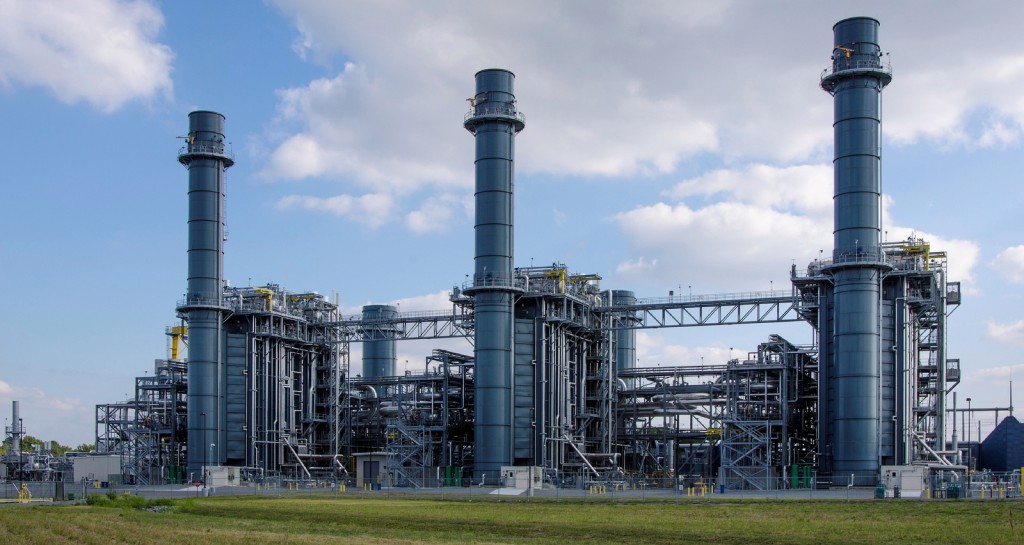
America’s vast network of natural gas lines is leaking more than federal environmental officials had previously thought, according to an analysis out today from Stanford University and published in the journal Science.
According to estimates from the Environmental Protection Agency, 1.5 percent of the natural gas produced in the United States is wasted, thanks to leaky pipes, valves and other parts along the country’s vast transmission system.
The new study says the actual amount lost is much higher, although lead author Peter Brandt, an assistant professor of energy resources engineering at Stanford, says it wasn’t possible to calculate a new figure.
Since these leaks are predominantly of methane, a potent greenhouse gas, they contribute disproportionately to climate change.
The good news, says Brandt, is that “a large fraction of the leakage can come from a small fraction of the sources.” A few fixes at natural gas plants across the country, he says, would go a long way.
